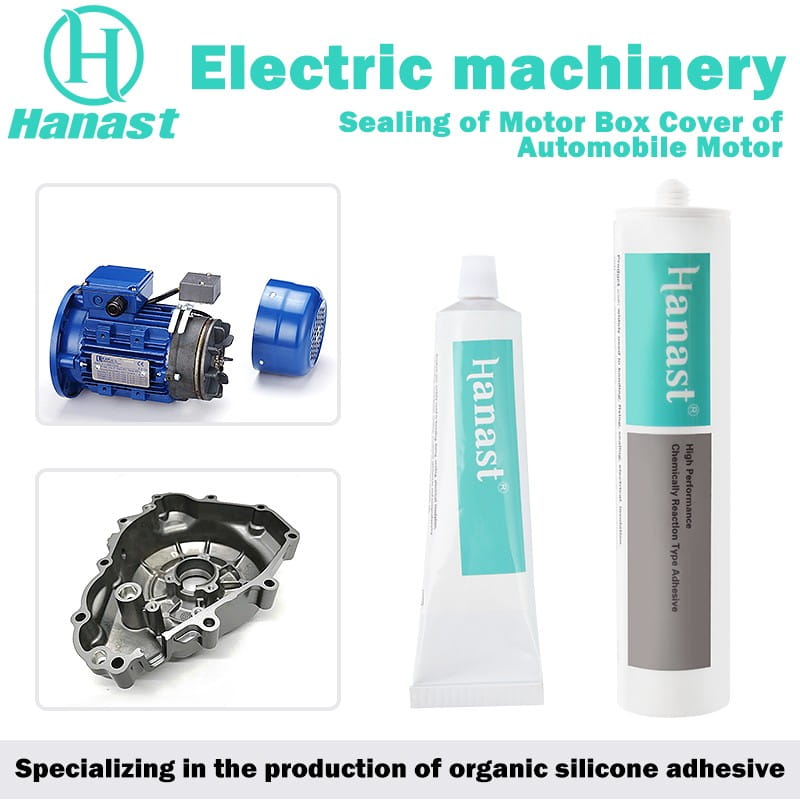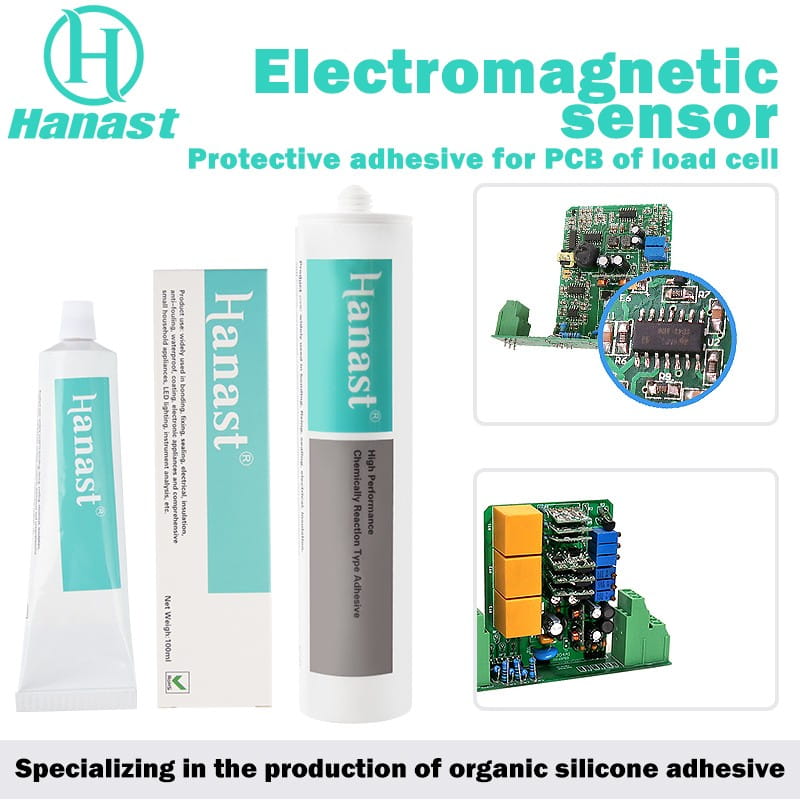The Role of Electronic Adhesives in Modern Manufacturing
 May 23,2023
May 23,2023

 Hanast
Hanast
The rapid implementation of emerging technologies such as 5G, smart home, and new energy vehicles will inevitably drive the innovation of materials and manufacturing processes. Adhesives, as a traditional connection method, will become more and more diversified and diverse following the development of modern industry. Functional. While injecting infinite vitality into the electronic adhesive industry, it also poses new challenges!
Linkage
This can be said to be the most basic function of glue, and there are two main usage scenarios for it.
One is to connect different materials or parts through precise glue dispensing during product assembly, which requires glue with fast curing speed and reliable bonding;
The second is to bear the load while transmitting the external force. Its main function is to fix the two parts tightly together and transmit the external force from one part to the other. This requires high bonding strength, fast curing speed and impact resistance Good glue, such as the connection between the motor rotor and the shaft, uses this principle.
Protective effects
As the requirements for lightweight, miniaturization, and integration of electronic products such as mobile phones continue to increase, the gaps between components and pins are getting smaller and smaller, but sometimes they need to be exposed to harsh application environments, such as many When people take a shower, they will bring their mobile phones into the wet bathroom, and they will also wear TWS earphones when swimming. Similar requirements make the entire circuit board or most of the components must be protected so that they will not fail due to external force short circuit, corrosion or extrusion in harsh environments, and glue plays an irreplaceable role in this protection .
Multiple action
Under the multi-functional requirements of electronic products, glue as an auxiliary material is also becoming more and more diversified under its pull. For example, the underfill adhesive can strengthen the BGA to improve the resistance of the chip to external mechanical forces, and at the same time, it can also fully protect the circuit part at the bottom, and play a three-proof role; another example is the conductive adhesive. Traditional conductive methods such as partial welding and silver sintering that cannot meet the requirements in harsh environments.




 Home
Home



 Classification And Use Of Electronic Glue
Classification And Use Of Electronic Glue  You May Also Like
You May Also Like







 Tel
Tel
 Email
Email
 Address
Address












